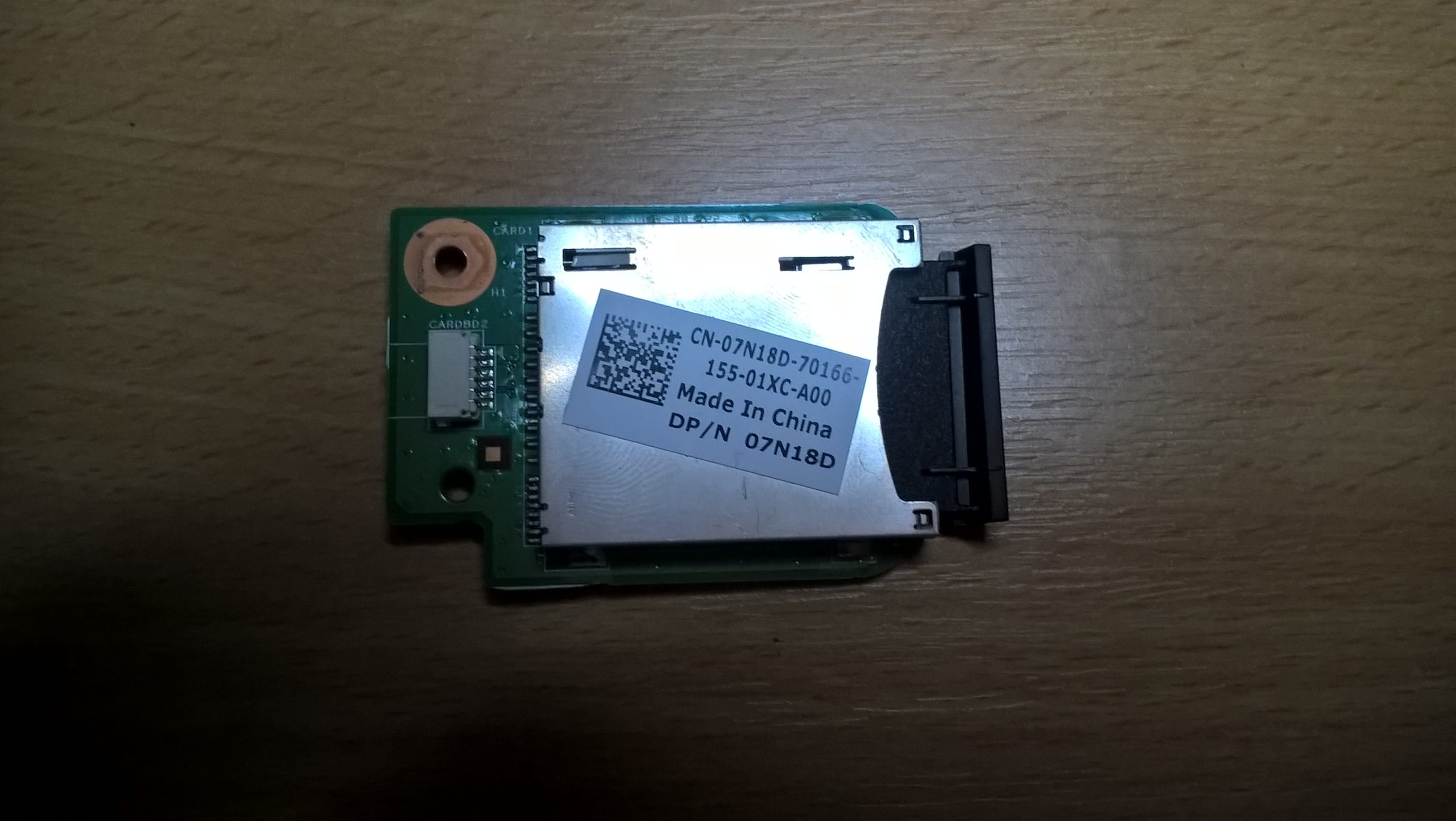Understanding the TLS Handshake: Uncovering the Secrets Behind Your Secure Connection 🔒
When you visit a website and see that reassuring padlock icon, there’s a lot happening behind the scenes to secure your connection. In this article, we’ll delve into the intricacies of the TLS handshake—understanding the communication between your device and the server to establish a secure connection.
For a clearer picture of these interactions, you might find it helpful to reference an accompanying infographic that outlines the key components of the handshake process. Infographic Link (Image source noted at the end of this post).
Introduction
The primary goals of Secure Sockets Layer (SSL) and Transport Layer Security (TLS) are twofold:
- Authentication: Certifying the identity of the server you’re connecting to.
- Confidentiality: Establishing session keys to protect the data that will be exchanged.
Before we dive into the handshake steps, there are a couple of important concepts to grasp:
Records vs. Packets
The communications during the TLS handshake are categorized into what are called “Records.” It’s important to note that a record isn’t the same as a packet. Sometimes multiple records can fit into a single packet, and at other times a single record may spread across several packets.
Cryptographic Concepts
To truly appreciate how the TLS handshake works, it is beneficial to familiarize yourself with some cryptographic principles, including:
- Hashing
- MACs (Message Authentication Codes) and HMACs (Hash-based Message Authentication Codes)
- Encryption
While we won’t explore these concepts in depth here, feel free to look into related resources if they are new to you.
With that in mind, let’s break down the records involved in the TLS handshake!
1️⃣ Client Hello
The TLS handshake kicks off with the Client Hello message sent from your web browser. This includes several critical fields:
- SSL Version
- Random Number
- Session ID
- Cipher Suites
- Extensions
Each field serves a unique purpose in facilitating a secure communication channel.
Key Fields Explained:
- SSL Version: The client specifies the highest version of SSL/TLS it supports. The server will reciprocate with its own supported version, ensuring they both agree on the highest mutual
Share this content:




Thank you for sharing this detailed overview of the TLS handshake process. Understanding the underlying mechanisms behind secure connections is crucial for maintaining the security and integrity of your website. If you encounter issues with SSL/TLS, some common troubleshooting steps include:
If you need more specific guidance or assistance with configuring your server’s SSL/TLS settings, feel free to ask! Ensuring a secure handshake not only protects your visitors but also boosts your site’s credibility and trustworthiness.